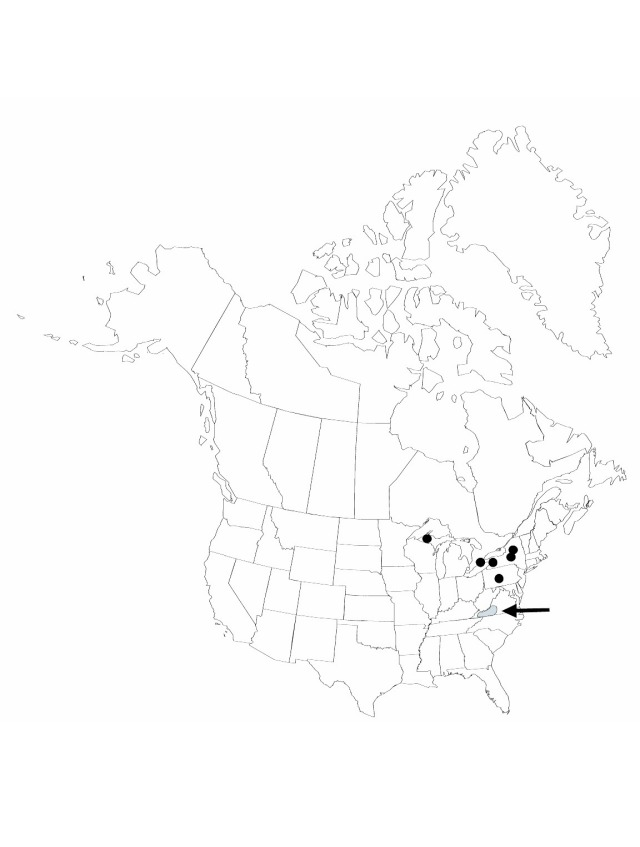Difference between revisions of "Juncus inflexus"
Sp. Pl. 1: 326. 1753.
Common names: Blue rush
Synonyms: Juncus glaucus Ehrhart ex Sibthorp
Treatment appears in FNA Volume 22.
FNA>Volume Importer |
FNA>Volume Importer |
||
| Line 12: | Line 12: | ||
|name=Juncus glaucus | |name=Juncus glaucus | ||
|authority=Ehrhart ex Sibthorp | |authority=Ehrhart ex Sibthorp | ||
| + | |rank=species | ||
}} | }} | ||
|hierarchy=Juncaceae;Juncus;Juncus subg. Genuini;Juncus inflexus | |hierarchy=Juncaceae;Juncus;Juncus subg. Genuini;Juncus inflexus | ||
| Line 34: | Line 35: | ||
-->{{#Taxon: | -->{{#Taxon: | ||
name=Juncus inflexus | name=Juncus inflexus | ||
| − | |||
|authority=Linnaeus | |authority=Linnaeus | ||
|rank=species | |rank=species | ||
| Line 49: | Line 49: | ||
|publication year=1753 | |publication year=1753 | ||
|special status= | |special status= | ||
| − | |source xml=https://jpend@bitbucket.org/aafc-mbb/fna-data-curation.git/src/ | + | |source xml=https://jpend@bitbucket.org/aafc-mbb/fna-data-curation.git/src/f50eec43f223ca0e34566be0b046453a0960e173/coarse_grained_fna_xml/V22/V22_522.xml |
|genus=Juncus | |genus=Juncus | ||
|subgenus=Juncus subg. Genuini | |subgenus=Juncus subg. Genuini | ||
Revision as of 19:59, 16 December 2019
Herbs, perennial, cespitose, stooling, 4–10 (–12) dm. Rhizomes 3–5 mm diam. Culms terete, 1.5–3 mm diam. Cataphylls several. Leaves: blade absent. Inflorescences many flowered, open, 2–7 cm; primary bract terete, 10–25 cm. Flowers pedicellate; bracteoles ovate; tepals straw-colored to reddish brown, lanceolate, 2.7–3.5 mm, margins scarious; inner series loosely subtending capsule at maturity, shorter; stamens 6, filaments 0.8–1.5 mm, anthers 0.8–1 mm; style 0.3 mm. Capsules reddish brown to chestnut brown, 3-locular, 3-gonous-ovoid to widely ellipsoid, 3–4 mm, exceeding perianth. Seeds amber, obovoid, 0.3–0.5 mm, not tailed. 2n = 20, 38, 40.
Phenology: Flowering and fruiting summer.
Habitat: Wet soils along streams, ditches, and on wet, sandy and peaty hillsides
Distribution

Ont., Mich., N.Y., Pa., Va., Europe, Asia, Africa.
Discussion
Selected References
None.
Lower Taxa
None.